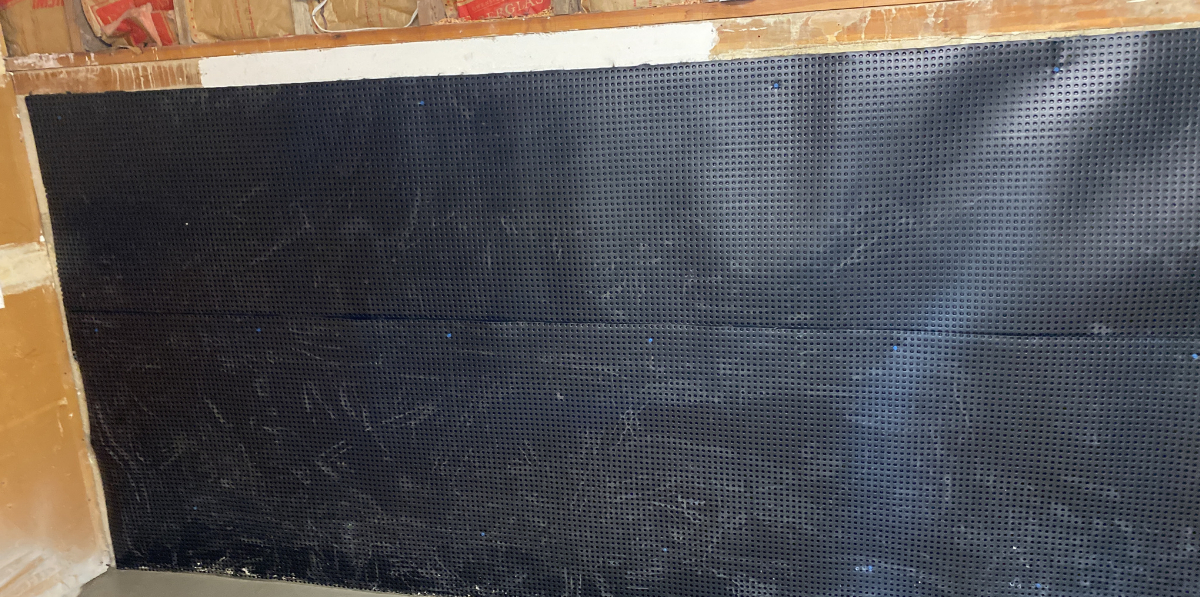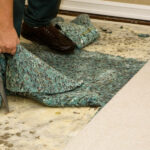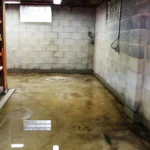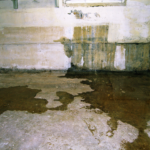Signs of Mold Growth: The Importance of Basement Waterproofing Solutions
Basement waterproofing is essential not only for maintaining dryness but also for preventing mold, mildew, and harmful fungi from thriving in dark, damp areas. Mold growth can pose serious health risks to individuals living in the home.
Recognizing the early signs of potential mold growth is crucial for preventing its spread. How can you spot these warning signs in your basement? What proactive measures can you take to avoid mold issues altogether?
What to Watch For
Leaks and cracks in your basement walls or floors are clear signs of trouble. These openings allow water to seep in, leading to flooding and moisture accumulation.
While frequent flooding is a significant concern, it’s not the only reason to prioritize basement waterproofing. Both the moisture from standing water and the humidity in the air create ideal conditions for mold growth. Basements are particularly susceptible to mold due to their lack of sunlight.
Moreover, moisture can settle in cracks in the walls or floors. In winter, this trapped moisture can freeze, expanding the cracks and allowing even more water to enter. Come spring, rapid thawing can lead to additional moisture and mold growth.
Mold growth often begins in dark, damp corners of your basement that are seldom visited. It can be hidden behind:
- Wallpaper, paneling, or drywall
- Vents and pipes
- HVAC systems
- Carpeting
- Inaccessible areas like basement ceilings or crawl spaces
- Old furniture, clothing, or cardboard boxes

You might not notice mold until it has spread significantly, manifesting as large black fuzzy patches on your walls, floors, rafters, or belongings. A single mold spot can contain millions of spores, which can quickly contaminate the space.
A mold problem can often be identified by a musty odor, even if you can’t pinpoint the exact location. If you detect a stale, damp smell specifically in your basement, it’s a strong indication of mold growth.
This odor arises from humidity and mold thriving on organic materials, which include:
- Paper (books, wallpaper)
- Cardboard
- Ceiling tiles
- Wood (floor joists, furniture)
- Natural fabric (cotton, silk)
While it’s helpful to dispose of items that have molded, some organic materials, like wooden beams, cannot be easily removed. Nonetheless, there are effective steps you can take to clean your basement and implement waterproofing solutions.
How to Prevent Mold Growth and Clean Your Basement
Dry Out The Basement
Before cleaning, remove all excess water. Wear protective gear and ensure the basement is completely dry.
Drying the basement is crucial to preventing mold growth. Use vacuums, towels, drains, fans, or a dehumidifier to eliminate moisture quickly.
Prevent Flooding and Moisture Issues
Cleaning after a flood or mold outbreak is unpleasant, but there are effective ways to avoid such situations. State-of-the-art waterproofing solutions can keep your basement dry and moisture-free, significantly reducing the chances of mold.
- Install an Interior Drainage System: This system collects excess water that seeps through the walls, directing it toward a sump pit to prevent standing water and rising humidity levels.
- Install a Sump Pump System: A sump pit collects water accumulating under your home, while the sump pump directs it away through discharge drains, helping to prevent flooding during heavy storms.
- Maintain Your Gutters and downspouts: Properly functioning gutters and downspouts direct water away from your home. Clogged or damaged gutters and downspouts can allow water to saturate the soil around your basement, leading to leaks.
To ensure your basement remains dry and mold-free, contact Wet Basement Services. Ask about our waterproofing solutions and schedule a free inspection and quote today.
Common Causes of Mold Growth in the Basement
Basements are designed to retain warmth, which can lead to high humidity levels. Mold thrives in humid environments, typically requiring at least 60% humidity in the air to flourish.
Relative humidity measures the amount of moisture present in the air compared to its maximum capacity. For example, a relative humidity of 50% means the air holds half of the moisture it can accommodate.
It’s essential to monitor these percentages. Relative humidity can exceed 100%, indicating that the air is saturated, leading to condensation—an ideal condition for mold growth.
Mold is a resilient organism, and even in climates with relatively low humidity, your basement can still experience mold issues. To effectively prevent mold, keep the air in your basement as dry as possible.
Mold Growth FAQs
Achieve Permanent Mold Remediation in Your Basement
Finding mold in your basement can be a frustrating experience, making the space feel dirty and unwelcoming. While bleach can effectively eliminate mold, it doesn’t provide a permanent solution; all it takes is a bit of moisture and humidity for mold to return.
Investing in a dehumidifier and addressing any leaks or cracks can certainly help. However, many homeowners lack the necessary tools and expertise to make these repairs effectively.
Hiring a professional can alleviate this burden. Experts can determine the ideal location for your dehumidifier and implement the best methods to permanently seal leaks and cracks, ensuring your basement is properly waterproofed. This approach will lead you toward a dry and healthy basement for the long term.




